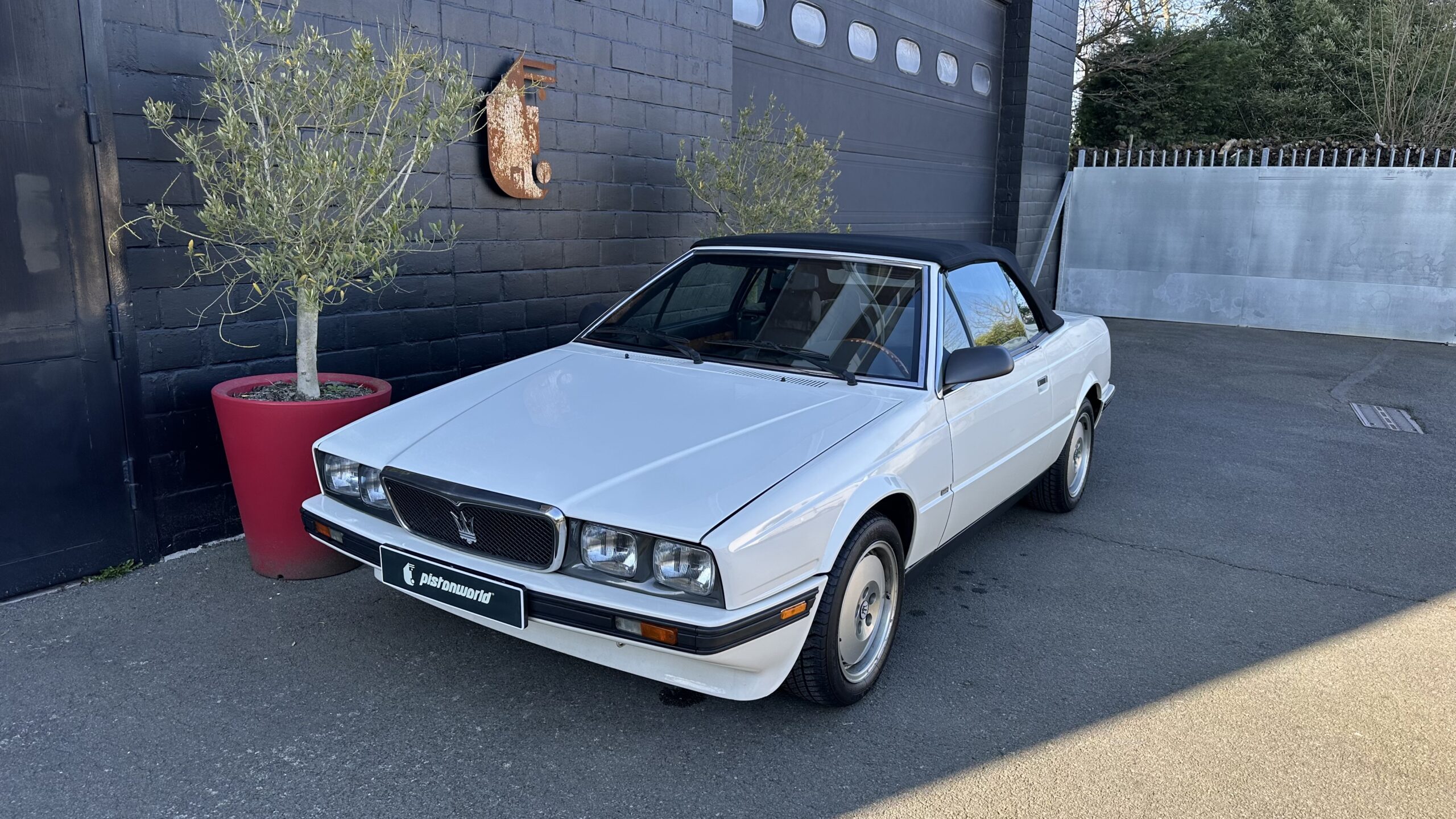
Car details
Maserati
1989
Biturbo Spider
2000 cc / 225 hp
63.000 km

The convertible iteration of the Biturbo was designed and assembled by Zagato in Milan. It was Zagato’s first work for Maserati since the A6G/2000 thirty years earlier. Embo of Caramagna was first commissioned to develop a four-seater cabriolet version of the Biturbo, which was shown at the April 1982 Turin Motor Show, but their proposal never made it to production.
The Spider was built on a 2,400 mm (94.5 in) wheelbase, some 114 mm (4.5 in) shorter than the coupé’s. Still, since it is a strict two-seater with folding rear seats, the luggage space was larger than in the original Biturbo. It was on this short chassis that the sporty hardtop Karif was later developed. Overall, 3,076 Spiders were built over a ten-year period.This was a production record for open-topped Maseratis.
The first Spider was launched at the Turin Motor Show in 1984. It was offered with both the 2.0-litre and 2.5-litre “export” engine. Two years later, fuel injection was implemented and the car was now called the Spider i. 297 were made with the 2.0 L engine and 122 with the 2.5 L engine.
In 1989, the Spider received a facelift, known as Spider I 1990. The car received the full 1988 Gandini treatment, one year after the other models: rounded grille, fuller bumpers, aerodynamic wing mirrors and 15″ wheels on five-lug hubs. As on the rest of the Biturbos, the export engine had the increased displacement of 2.8-litres. A four-speed Automatic Transmission was available on request. As for the saloons, all engines benefitted from water-cooled turbochargers and intercoolers, increasing reliability considerably over the earlier models.


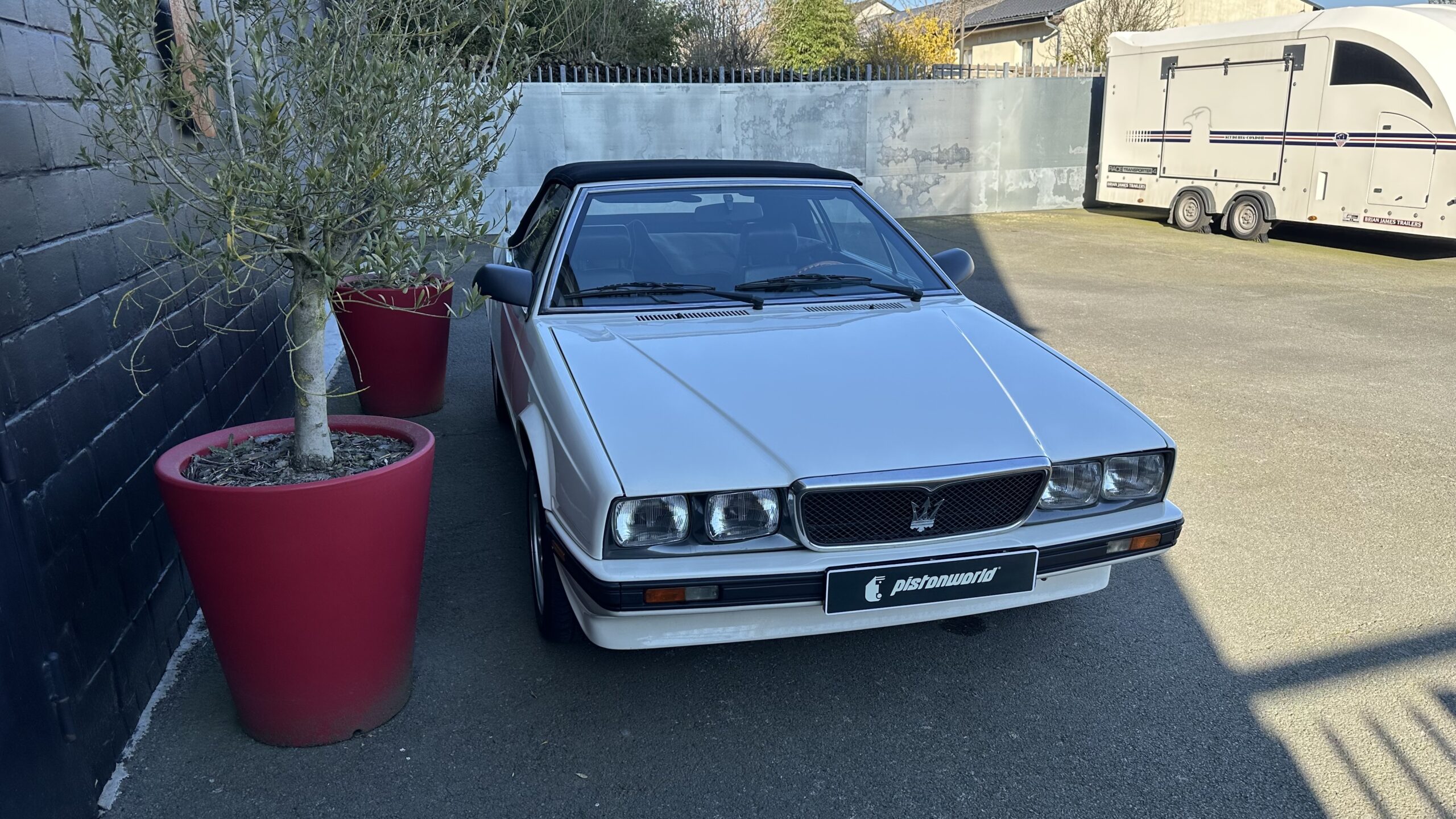
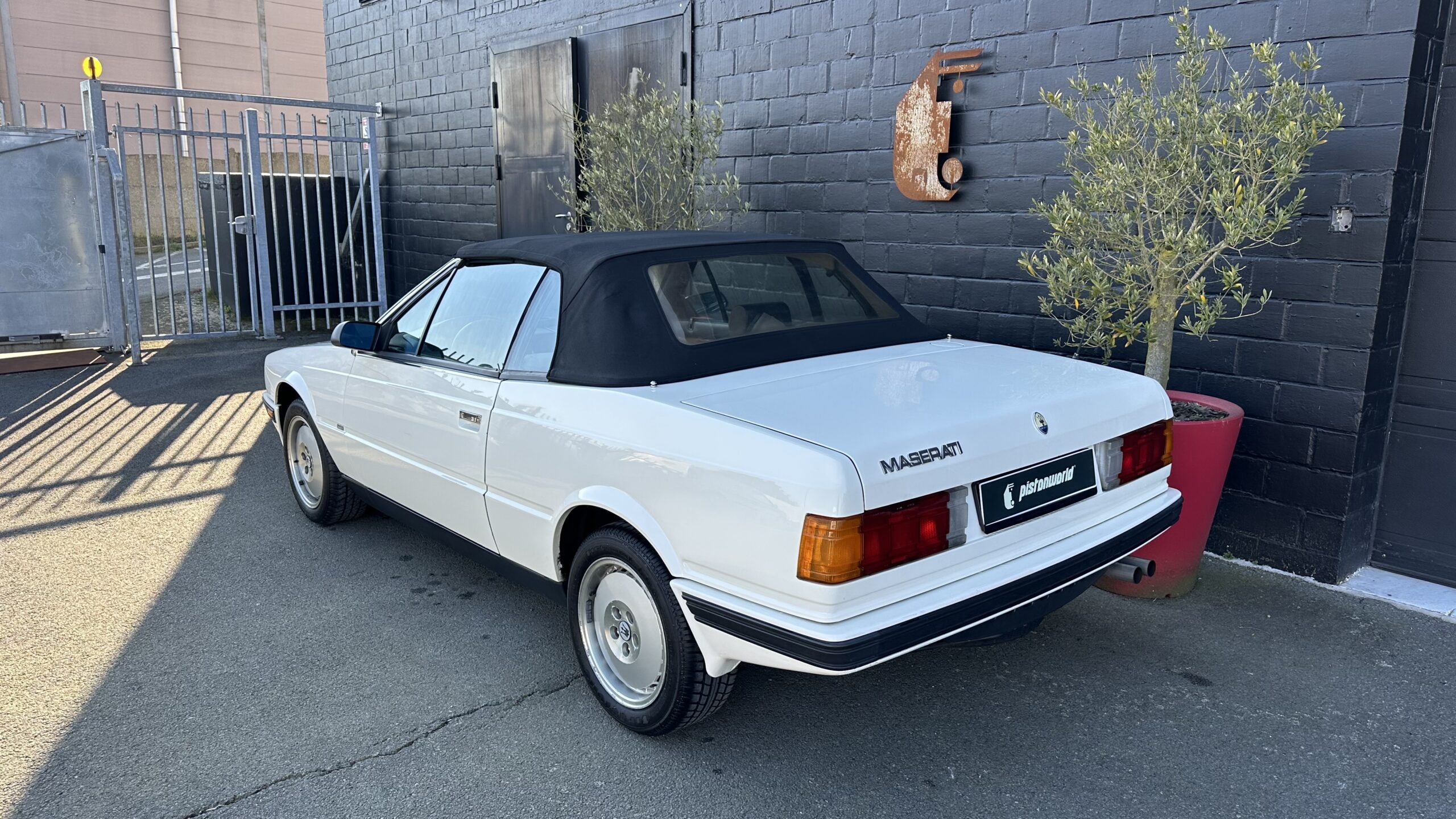
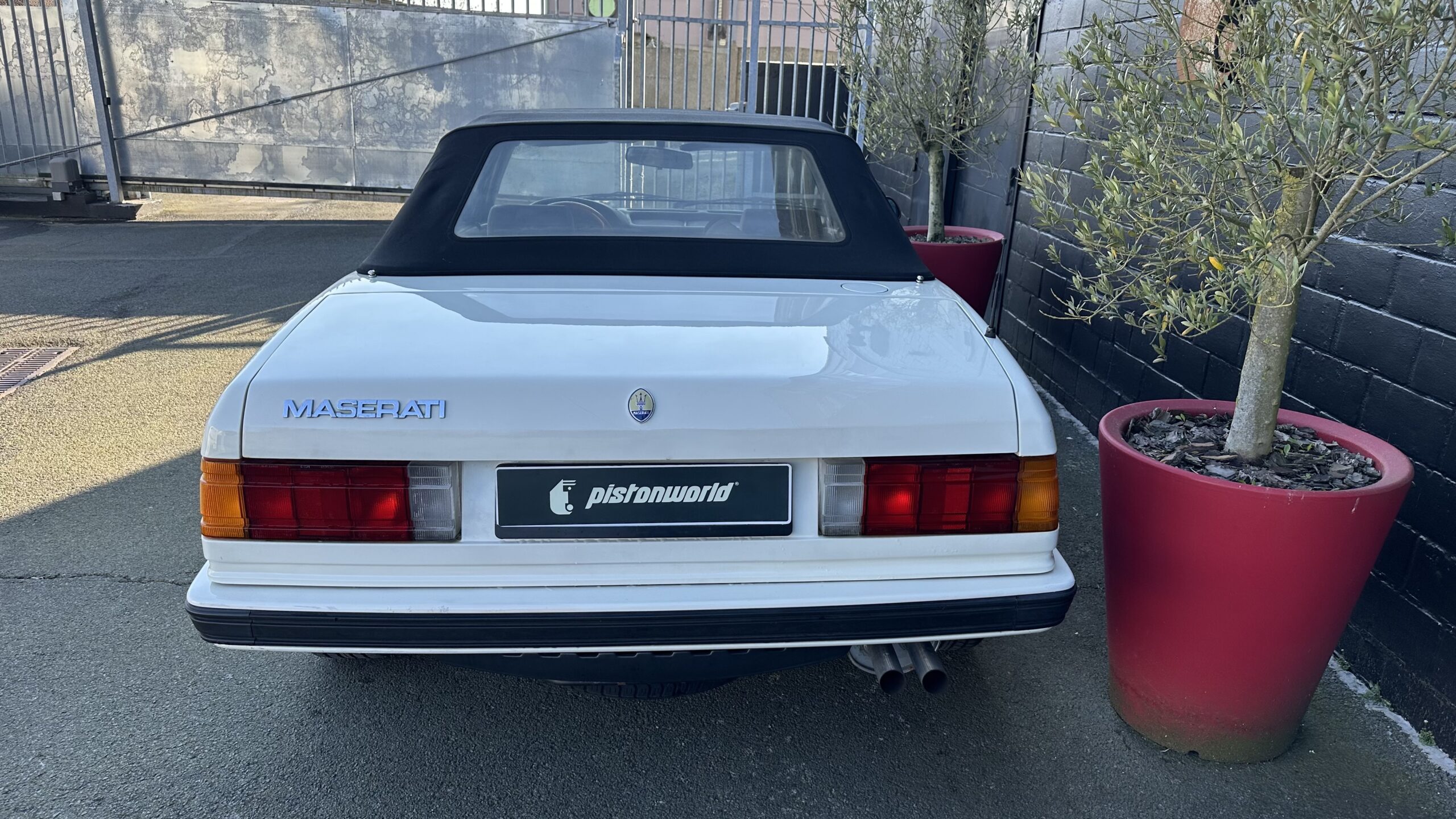
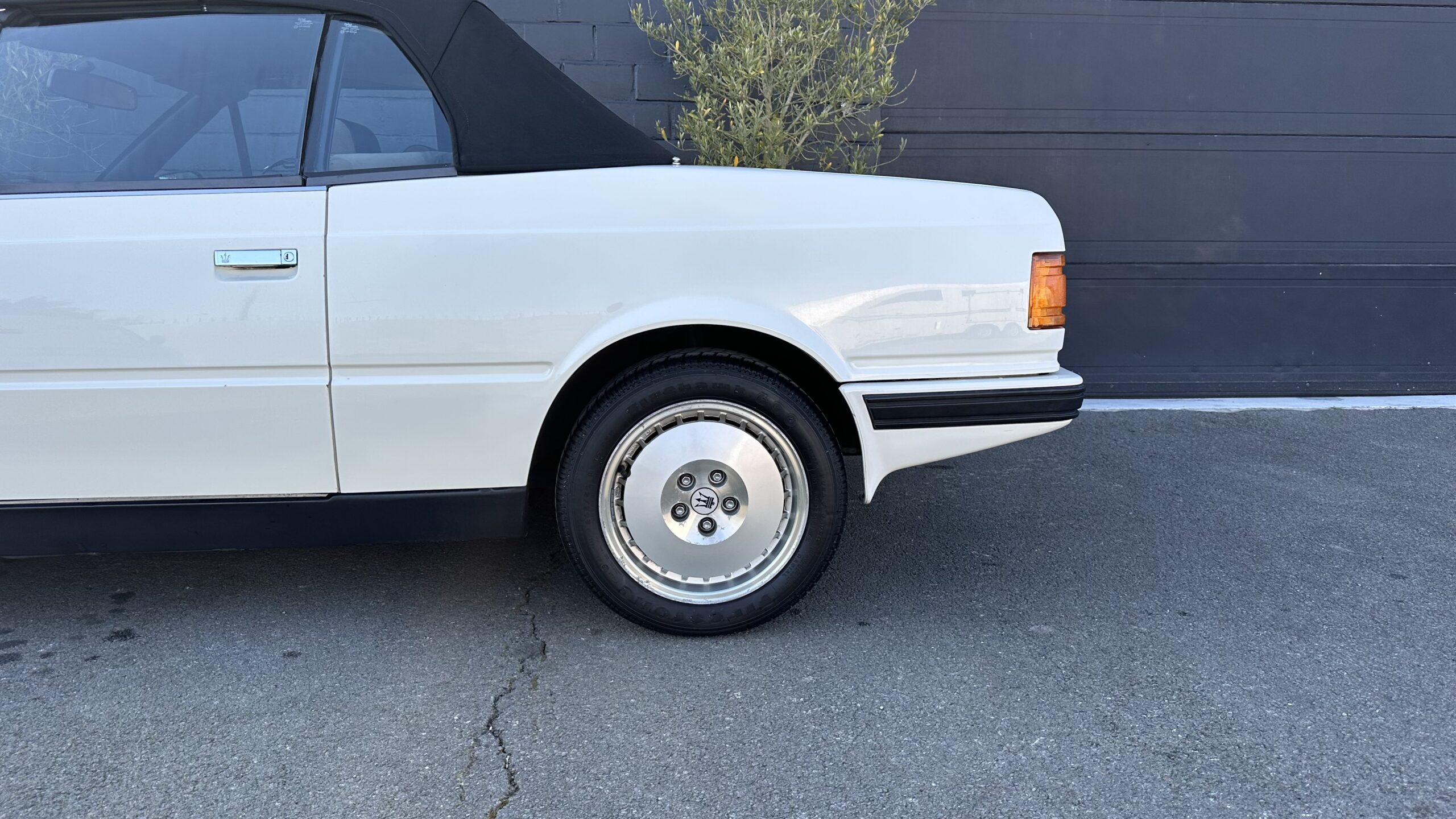
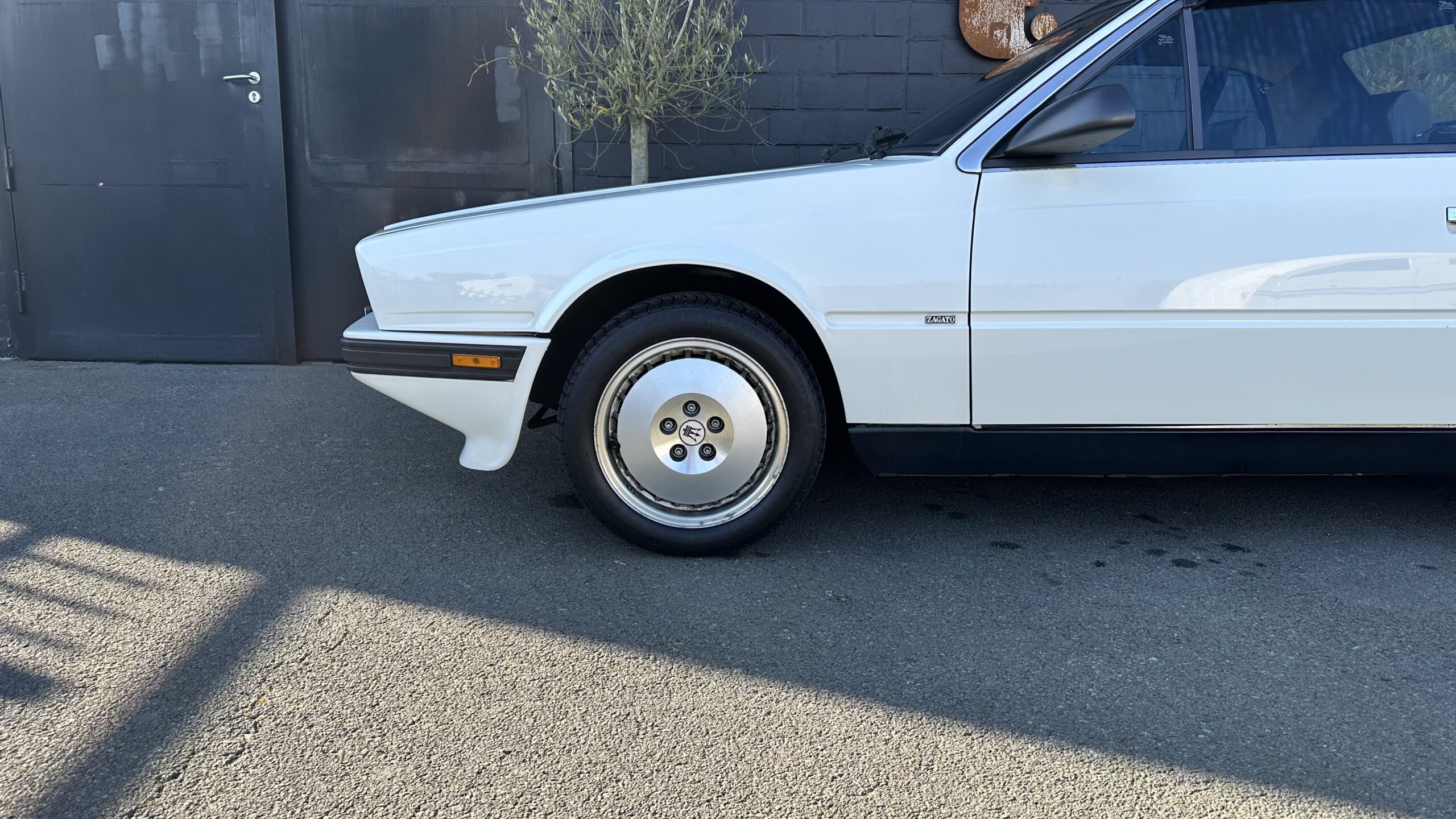
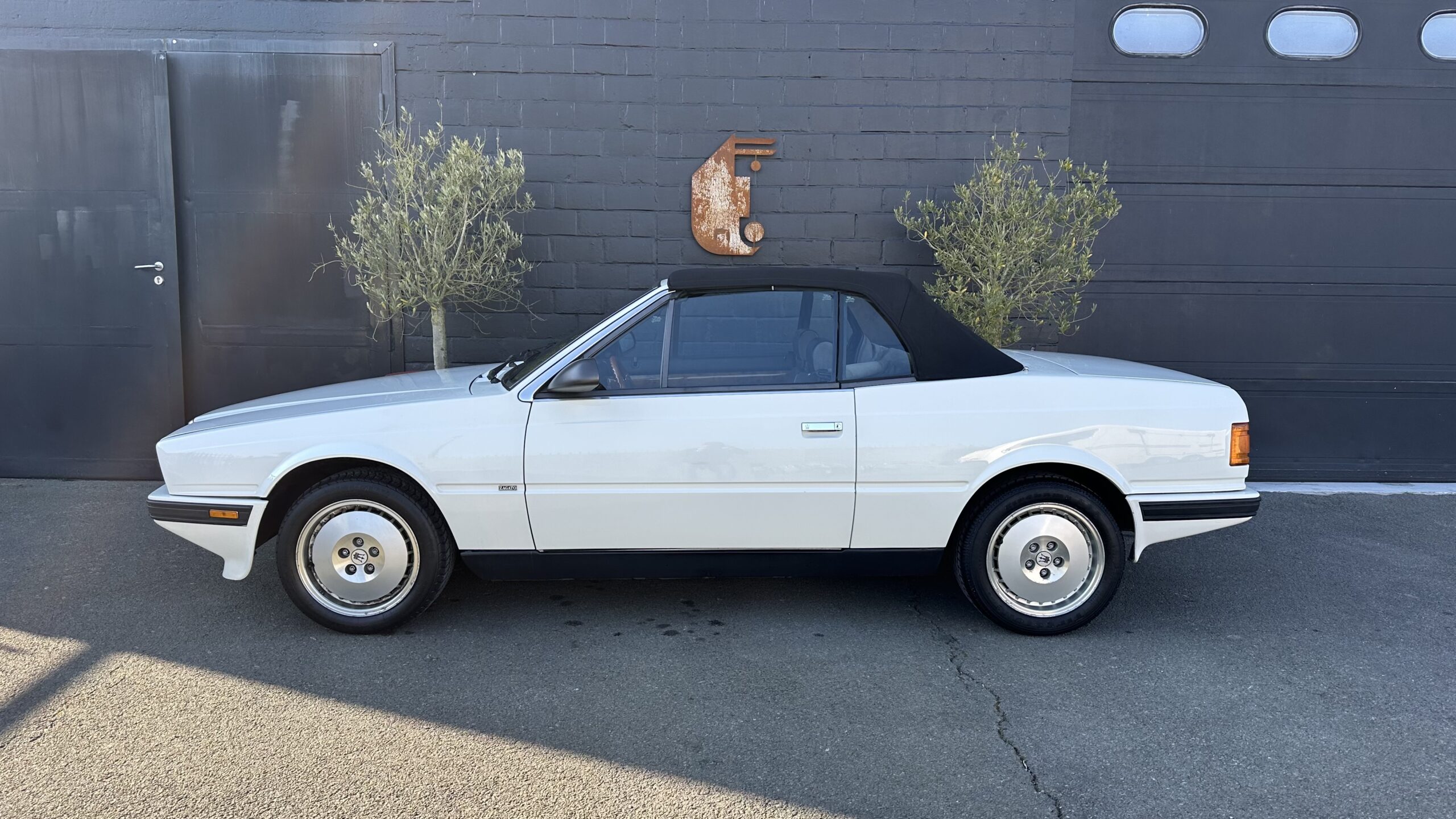
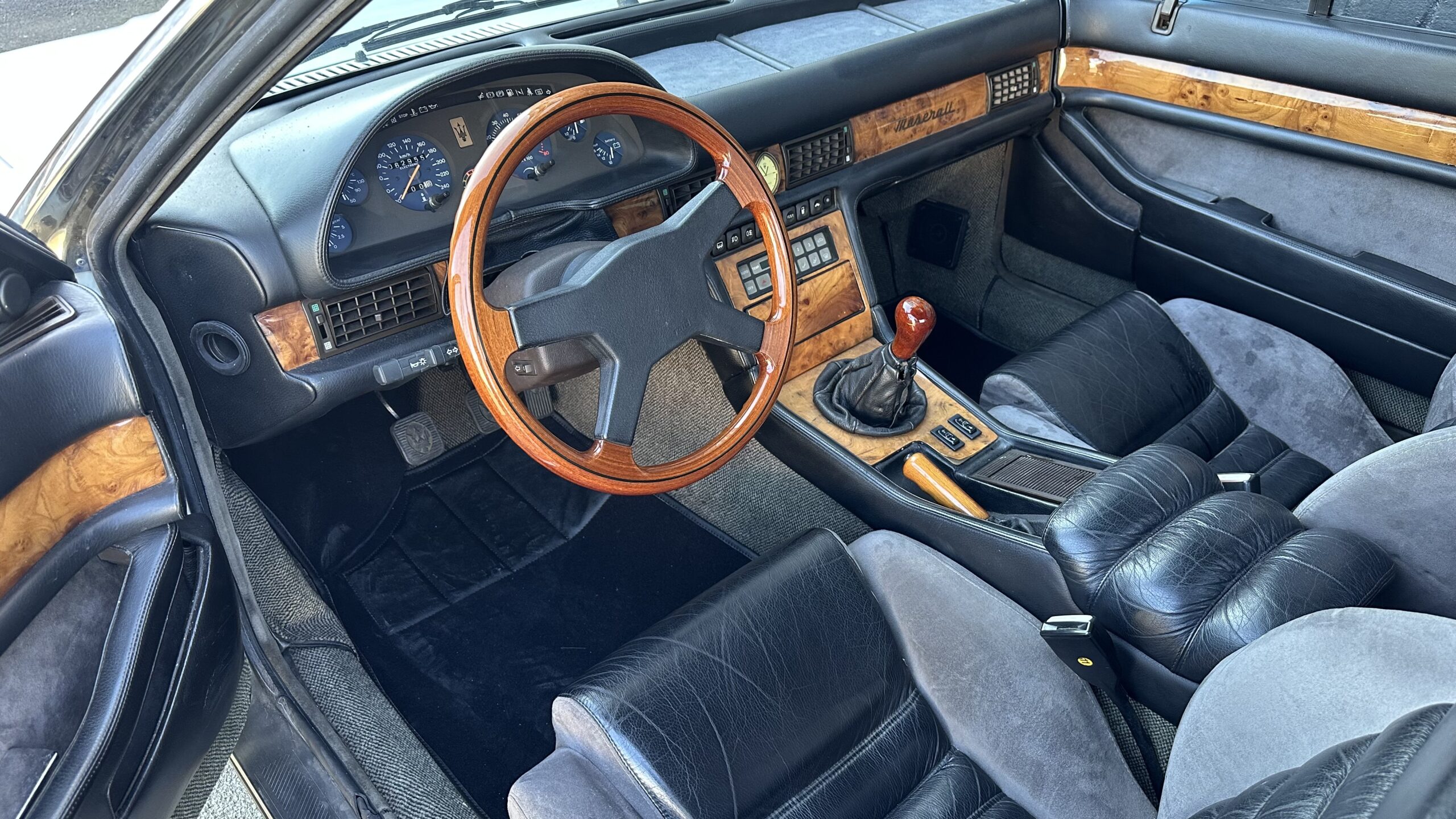
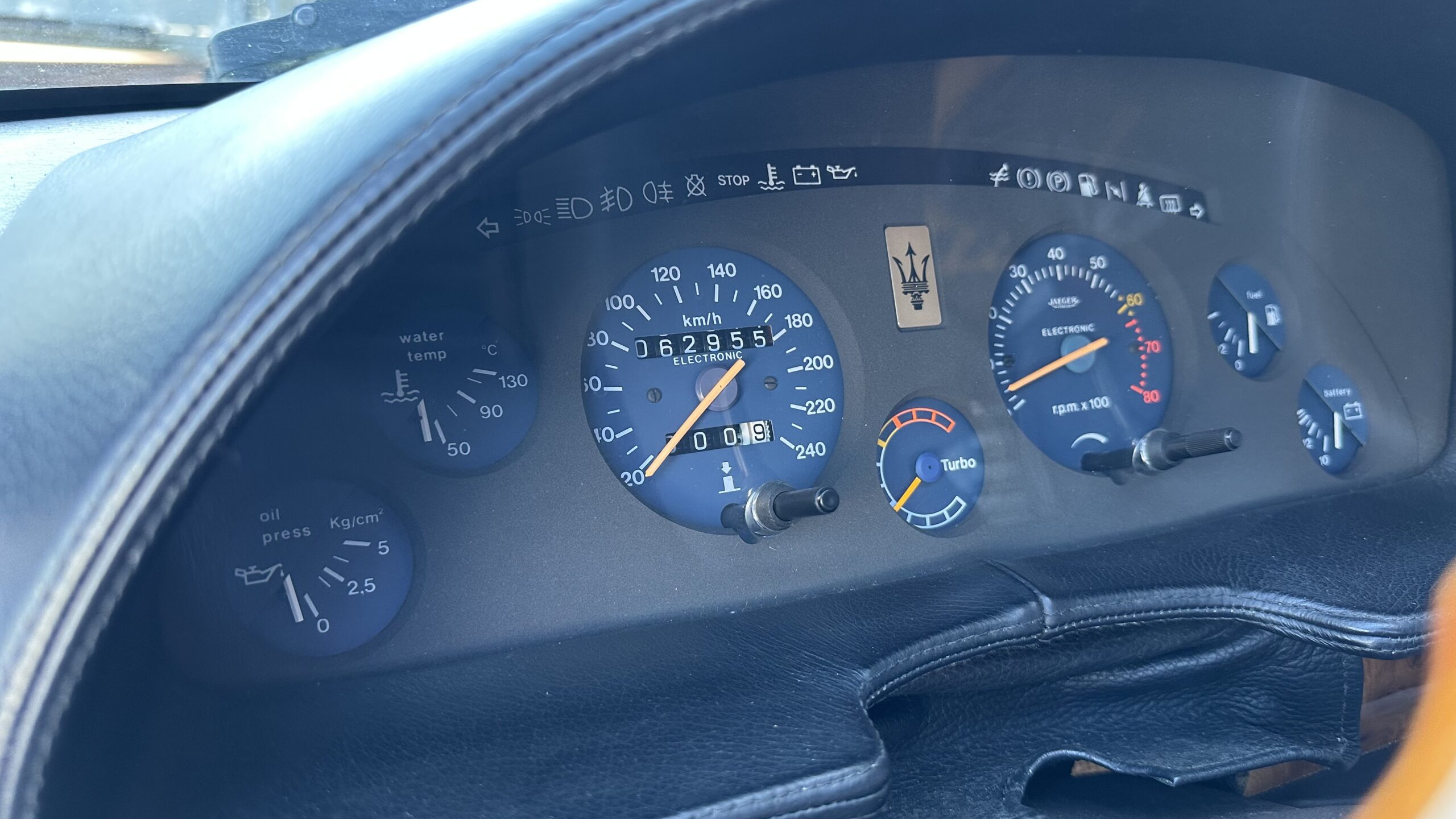
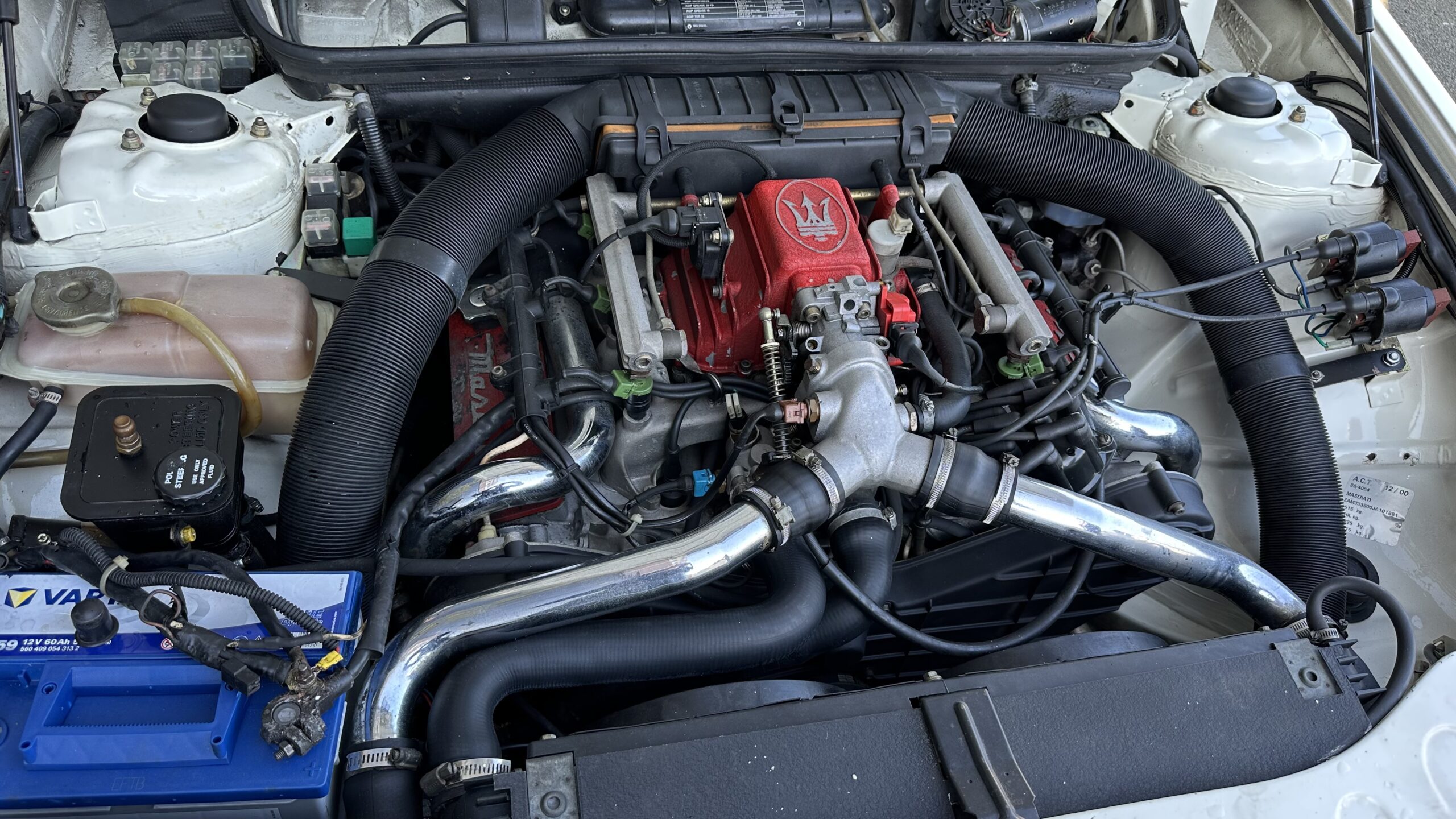
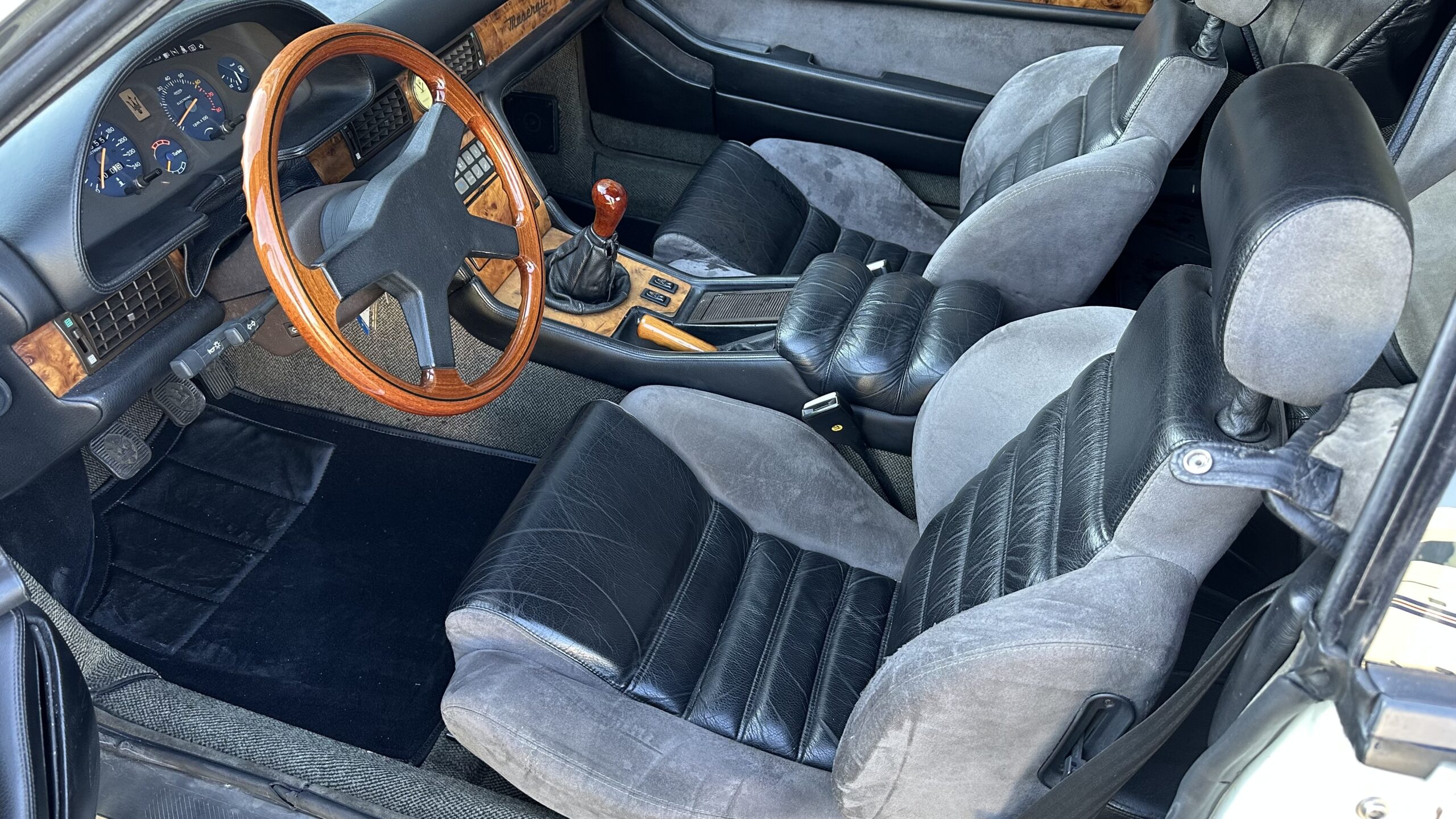


27.000 €
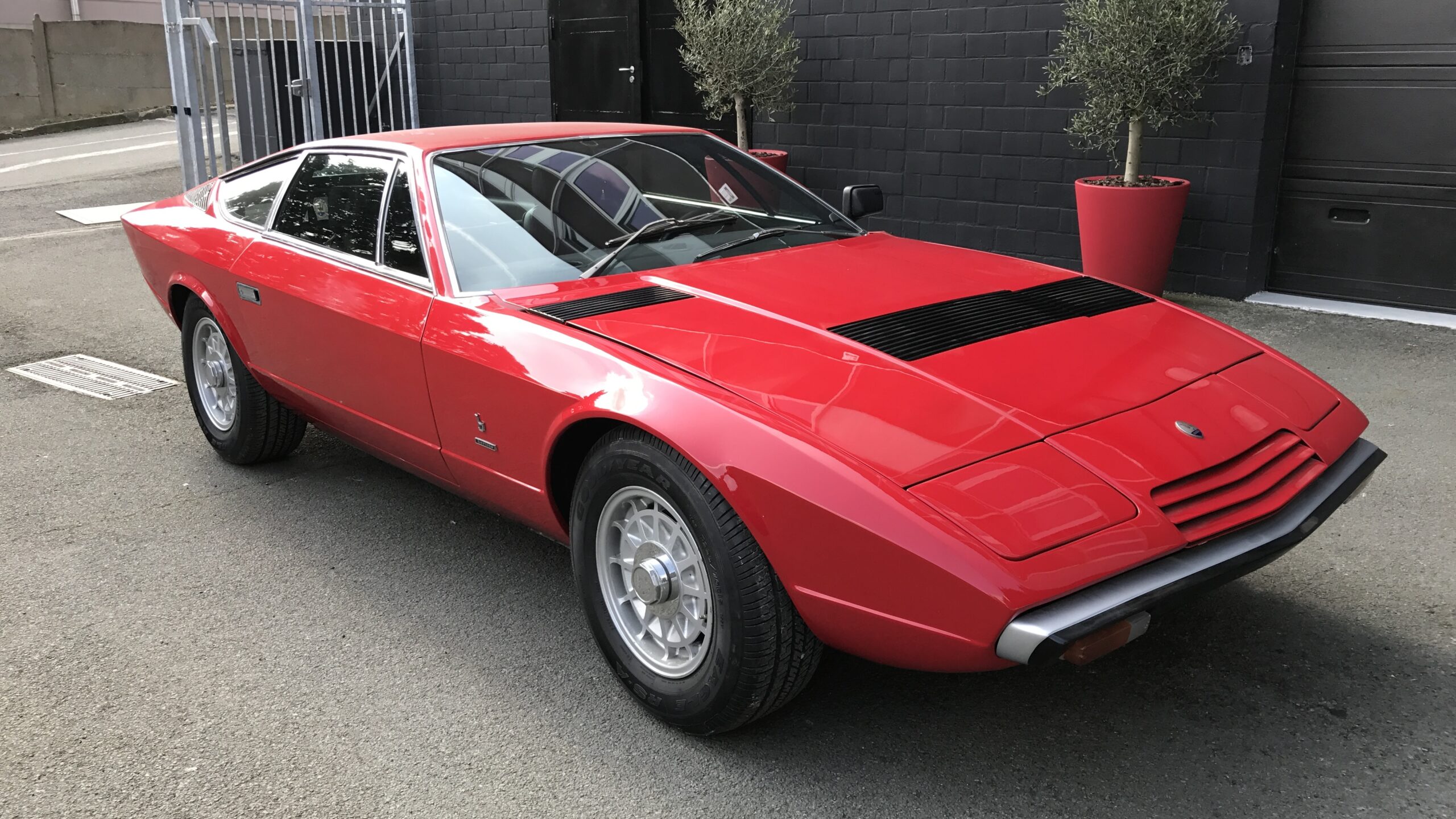
SOLD

Do not hesitate to contact us for further information
or to make an appointment

Do not hesitate to contact us
for further information
or to make an appointment